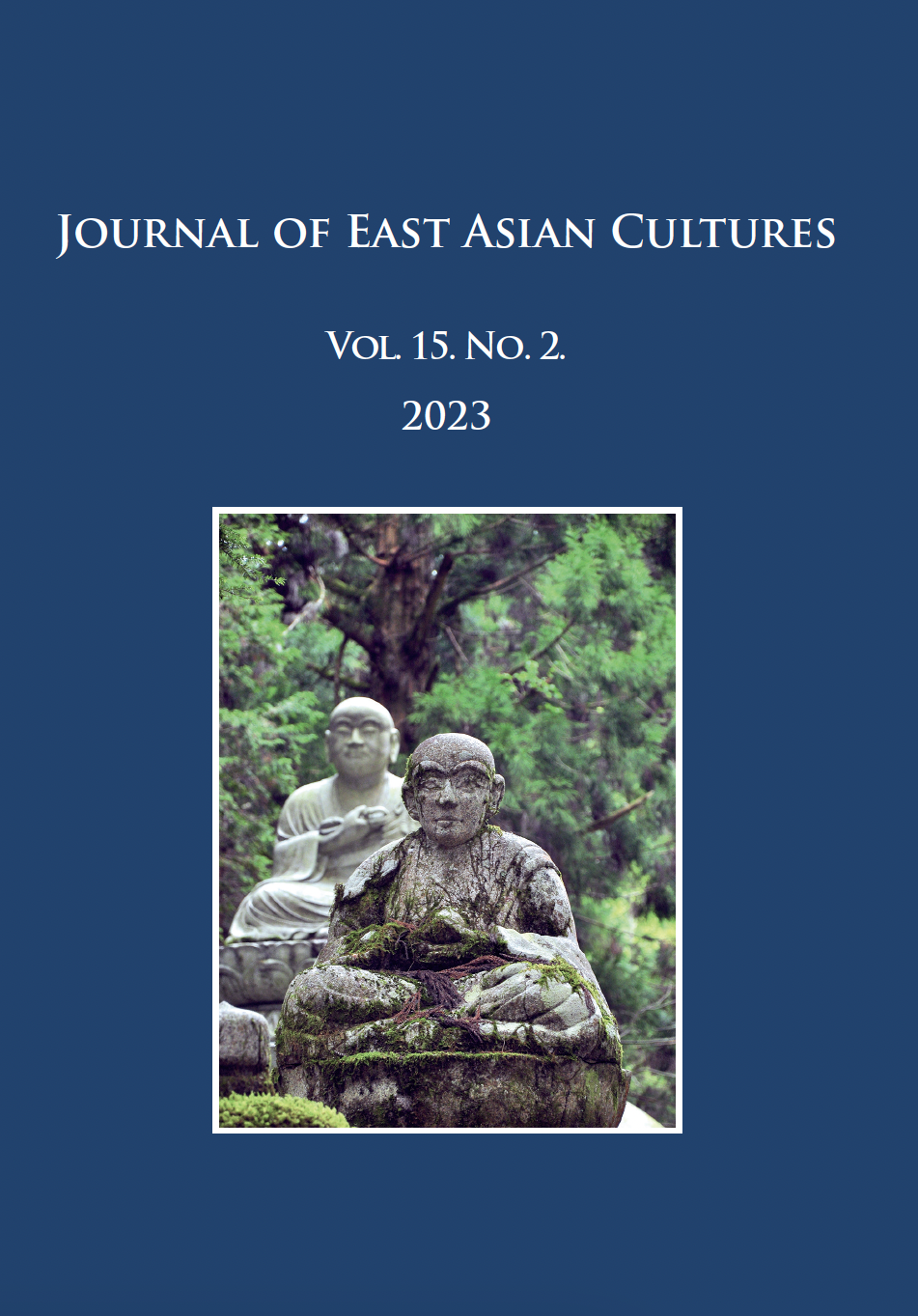Megjelent 2023-09-30
Hogyan kell idézni

This work is licensed under a Creative Commons Attribution-NonCommercial 4.0 International License.
Absztrakt
Shōdai 唱題signifies the chanting of the title of the Lotus Sūtra. It is widely practiced by those Buddhist communities that believe in the Lotus Sūtra. To be accurate, you chant ‘Namu myōhō renge-kyō’ 南無妙法蓮華経 which consists of‘Namu’ 南無 (‘devotion’), and myōhō renge-kyō 妙法蓮華経 (Lotus Sūtra). Newly arisen religions in Japan believe in the teaching of the Lotus Sūtra often insist that this Shōdai benefits their believers in their lives. Now, let us see what Nichiren 日蓮 (1222–1282) thought and said about it, along with how Shōdai is understood in the modern age. Therefore, in this paper I consider the following three issues.
- What kind of significance did Nichiren mention about Shōdai?
- What are the common understandings of it by the modern scholars of the Nichiren doctrine?
- How do the current believers of the Nichiren sect think about Shōdai?
Hivatkozások
- Hori, Kyōtsū – Tanabe, George Jr. (eds) 2002. Writings of Nichiren Shōnin Doctrine 2. Honolulu: University of Hawai’i Press.
- Nichirenshū Shūmuin Kyōmubu 日蓮宗宗務院教務部 (ed.) 1989. Shūgi taikō tokuhon 宗義大綱読本 [Textbook of Denominational Doctrines and Fundamental Principles]. Tokyo: Nichirenshū Shinbunsha
- Risshō Daigaku Nichiren Kyōgaku Kenkyūjo 立正大学日蓮教学研究所 (ed.) 1965. Shōwateihon Nichirenshōnin Ibun 昭和定本 日蓮上人遺文 [Shōwa Revised Edition: The Remaining Writings of Nichiren Shōnin]. Tokyo: Heirakudera Shoten.

